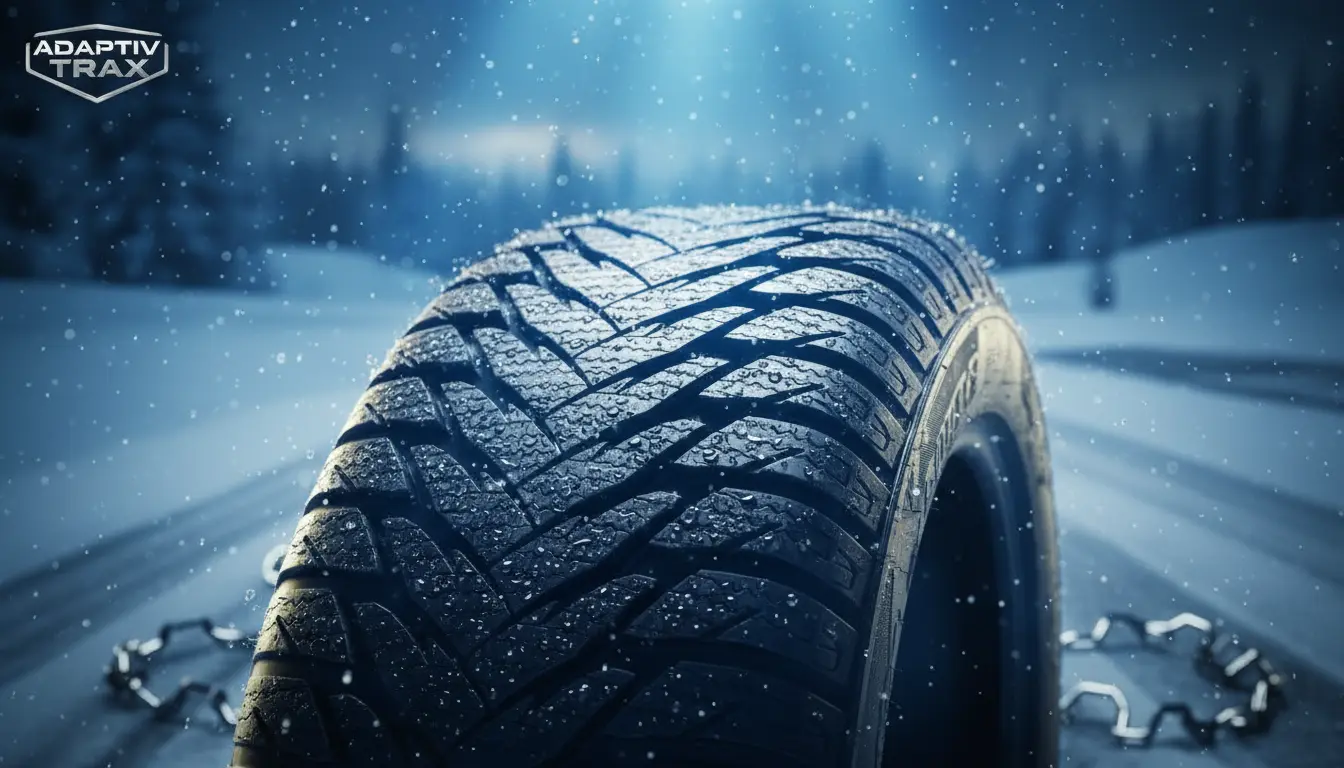When Winter Means Extra Work for Drivers
Starting this November 1st, drivers in certain regions of France will need to be extra attentive to what’s on their wheels. That’s when the so-called “Loi Montagne” comes roaring back into effect: for four months, all vehicles traveling through 34 designated departments (think counties or states) will be required to have either snow tires, chains, or fabric tire socks. As the official government portal Service-Public points out, this isn’t just for family cars—the rule covers anything with four wheels and up, including:
- Passenger vehicles
- Utility vans
- RVs
- Buses
- Coaches
- Heavy trucks
For French motorists, this often means the hassle of switching out regular tires for snow ones in November, only to reverse the process come April. Fortunately, that twice-a-year headache could soon belong to the past.
Pioneering Tires That Adapt on the Fly
As revealed by Anicet Mbida on the popular French morning show “Bonjour! La Matinale TF1,” new tires are on the way that promise to make life easier for everyone who takes to the roads—rain, shine, or snow. In the reporter’s words:
“The tire is undergoing a revolution. No more tire socks, no more chains, no more snow tires, rain tires, all-seasons, summer or winter… Because soon, we’ll have tires that change shape to guarantee the best possible grip.”
How is this possible? These next-generation tires will be able to analyze the road surface and adjust themselves on the fly for optimum traction, whatever the conditions may be.
How Do Smart Tires Work?
Let’s dive into the details—without getting bogged down in too much technical jargon. These innovative tires use variable geometry: they can physically alter their width. If you hit a patch of wet road, the tires can narrow themselves to help prevent hydroplaning. As Anicet Mbida further explains:
“The tires can switch into rain mode, reducing their width to avoid aquaplaning. They’re variable-geometry tires—able to widen or narrow as needed.”
But that’s not all. If the tire can shrink for a deluge, it can also adapt for snow and ice. For slippery winter roads, these tires can deploy small, telescopic studs to improve grip. Mbida details:
“On ice, the studs will emerge to grip the road better, so you can move forward more easily. And when normal grip returns, the studs retract back inside.”
Not Quite Ready for the Road—Yet
Before you toss out your tire socks and chains in a fit of optimism, know this: these game-changing tires aren’t available just yet. No one knows their launch date—or their price—so you’ll need to hang onto those winter accessories a while longer, as inconvenient as they might be to install. But rest assured, the age of scrambling for snow gear may soon be a distant memory.

